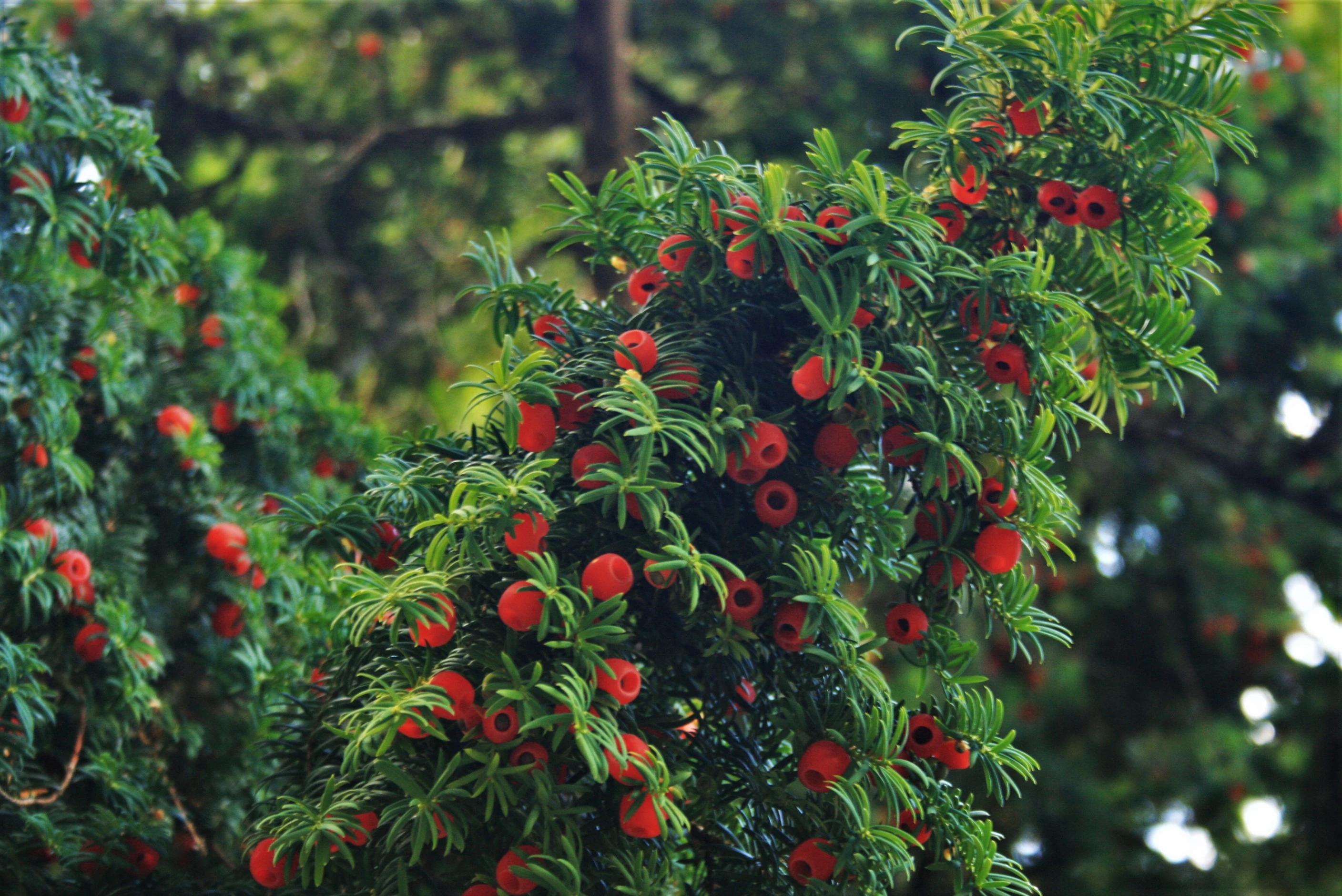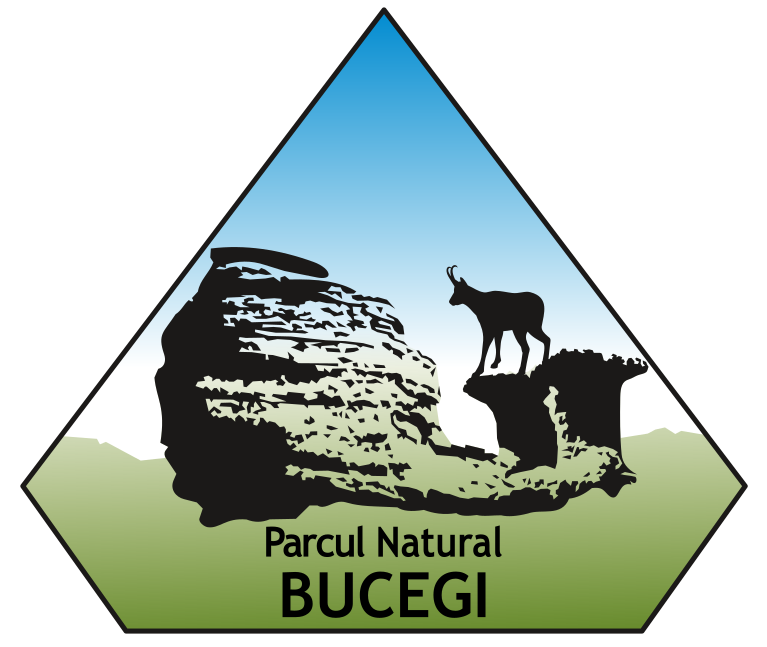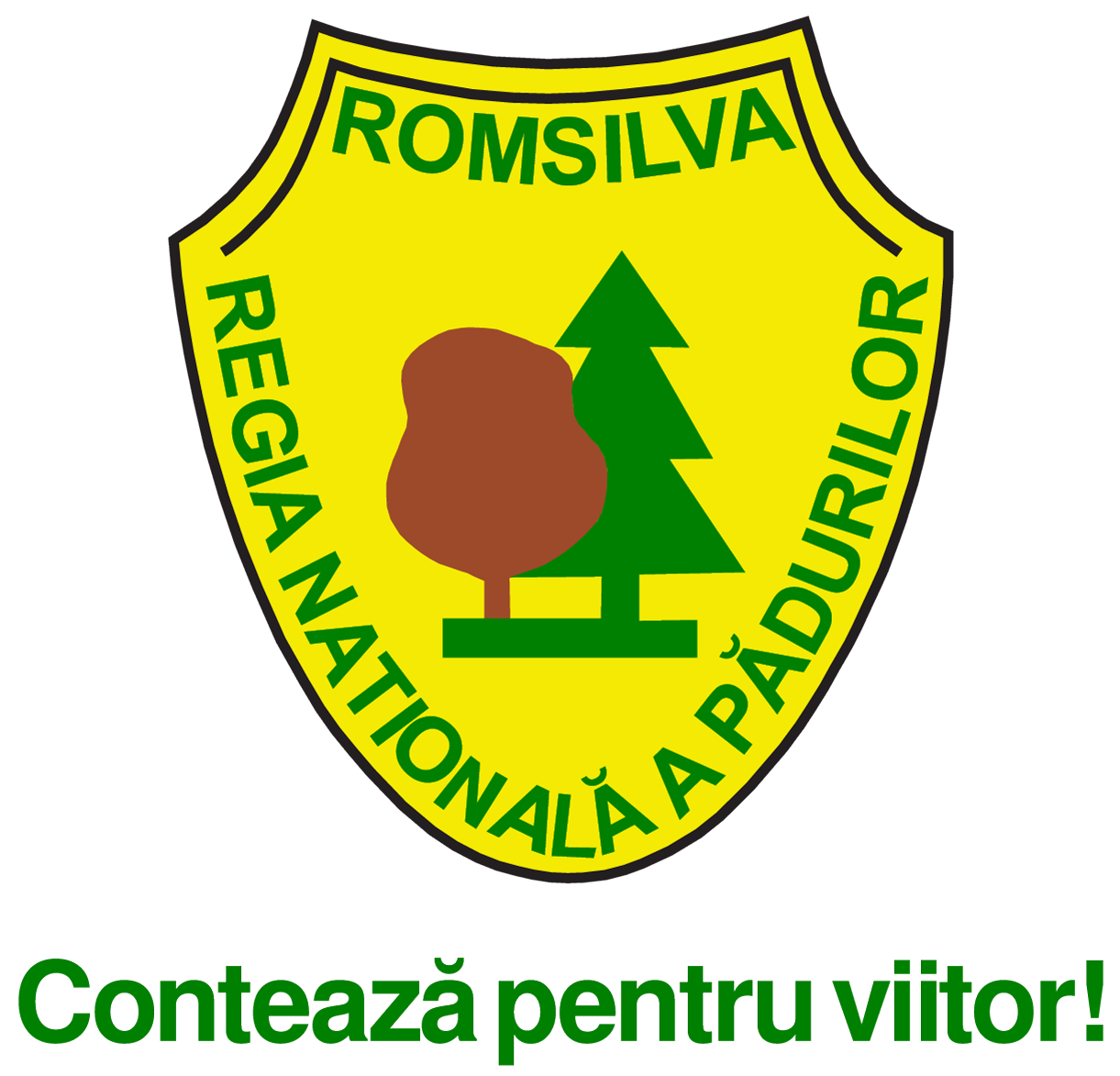
European Yew
Conservation status
Least Concern
Native habitat
Mixed or coniferous forests in mountain areas in Europe
Height
20 cm
Flowering
March - April
Life span
Perennial

Description
Yew (Taxus baccata) is a densely branching, evergreen tree with a big trunk that can reach up to 20m tall. The bark is thin, scaly, and brown, it comes off in small flakes. Its leaves are dark green, leathery, and narrow with a pointed tip. Yew seeds grow at the tip of a dwarf shoot, enclosed in a red, fleshy, cup-like structure called an aril. The fleshy red seed coverings (arils) are eaten by many bird species, including fieldfares and blackbirds, and mammals such as squirrels and dormice. Yew leaves are a food source for some caterpillars. Most parts of the Yew tree (except for the bright red arils) are highly poisonous to mammals when ingested because they contain toxic compounds called taxines. Yew leaves and bark contain compounds called taxanes which are used to develop drugs such as Taxol® that help treat some forms of cancer. In the Middle Ages, yew wood was used to make longbows and crossbows. It is considered a Nature Monument in Romania and strictly protected by Law.

